What are the ratings of generators?
When selecting a generator, understanding its ratings is crucial for ensuring reliability, efficiency, and longevity in your power supply system. Among these ratings, continuous generator ratings define the maximum constant load a generator can handle indefinitely under specified conditions. This guide will clarify the key ratings—particularly continuous generator ratings—and help you choose the right generator for your needs while avoiding costly mismatches between capability and application.
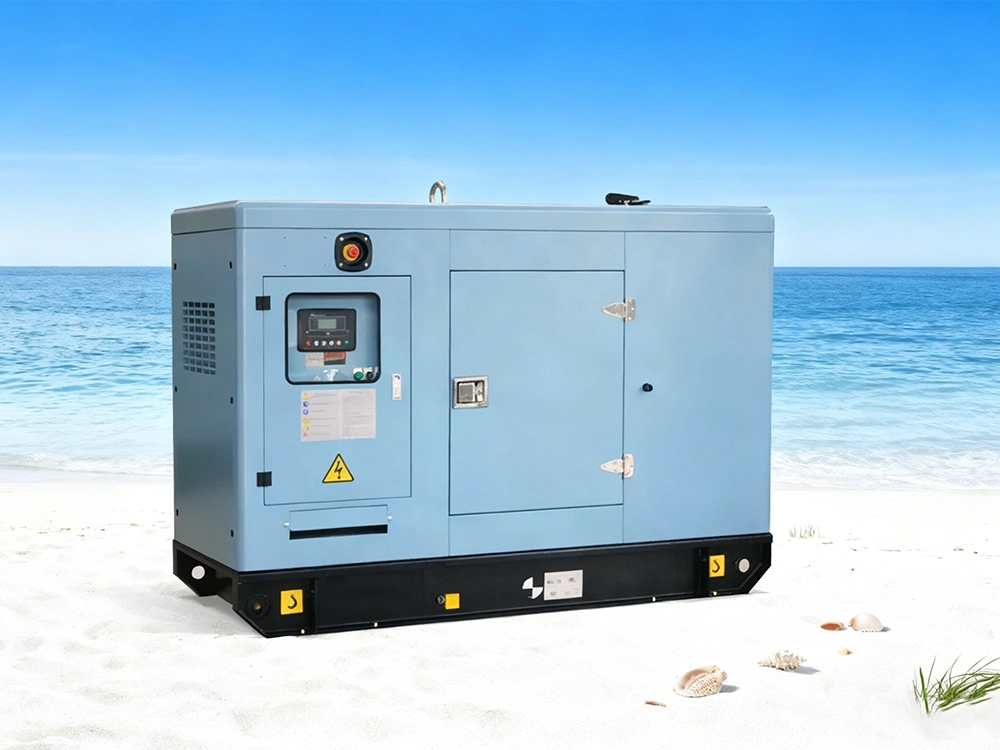
Understanding Generator Ratings: The Basics
Generator ratings are standardized classifications that indicate a unit’s operational capacity and limitations. These ratings are derived from industry standards and manufacturer specifications, and they account for electrical output, thermal limits, and mechanical durability. The most common ratings include:
Continuous Rating: Sustained operation at a constant load.
Standby Rating: Short-term use during power outages.
Prime Rating: Variable loads for extended periods without a primary grid.
Among these, the continuous generator ratings specify the maximum power the generator can deliver 24/7 under defined environmental conditions, making it ideal for base-load applications like industrial plants or remote sites with no grid access.
Defining Continuous Generator Ratings
Continuous generator ratings refer to the generator’s ability to produce a consistent power output indefinitely, without exceeding design limits for temperature, voltage, or mechanical stress. For example, a generator with a continuous generator ratings value of 100 kW can handle that load continuously, whereas its standby rating might be higher (e.g., 110 kW) for short emergencies.
Key parameters tied to continuous generator ratings include:
Voltage and Frequency Stability: Maintained within ±1% for critical equipment.
Thermal Performance: Efficient cooling to prevent overheating during prolonged use.
Fuel Efficiency: Optimized consumption rates at sustained loads.
These ratings are often displayed on the nameplate as the "maximum continuous output" in kilowatts (kW) or megawatts (MW), as per manufacturer specifications -9.
Types of Generator Ratings and Their Applications
Generators are assigned multiple ratings to suit different scenarios. The continuous rating is one of the most critical for long-term reliability, but others include:
Standby Ratings: For backup power during outages, typically higher than continuous ratings but limited to short durations (e.g., <200 hours/year). Ideal for hospitals or data centers.
Prime Ratings: For variable loads over extended periods, often used in construction or agriculture where the generator is the primary source.
Peak Ratings: Short bursts (e.g., 5–30 seconds) for motor starts or temporary overloads, as seen in aviation generators -2.
A generator’s continuous generator ratings are best for applications like mining operations or off-grid power, where uninterrupted, stable output is non-negotiable.
Key Parameters in Rating a Generator
A generator’s rating depends on multiple engineering parameters that ensure safe, efficient operation. For continuous ratings, these include:
Apparent Power (kVA or MVA): The total electrical capacity, calculated as √3 × Voltage × Current -6. This defines the generator’s size and current-carrying capability.
Real Power (kW or MW): The usable output, derived from apparent power and the power factor (e.g., kW = kVA × PF). This determines the actual work the generator can perform.
Temperature Rise and Cooling: Continuous operation must not exceed insulation temperature limits, often managed via air or liquid cooling systems.
Ambient Conditions: Ratings assume specific temperatures and altitudes; derating may be needed in hotter or higher environments.
These parameters are validated through testing and aligned with standards like IEEE or ANSI to ensure reliability -4-6.
Why Continuous Ratings Matter for Your Operation
Selecting a generator based on its continuous rating—rather than higher, short-term ratings—prevents common issues like:
Overloading and Downtime: Using a standby-rated generator continuously can cause premature failure due to excessive heat and wear.
Fuel Inefficiency: Generators operating within their continuous range optimize fuel use, reducing costs and emissions.
Compliance and Safety: Adhering to rated limits ensures compliance with regulations (e.g., NERC FAC-008-5 -4) and minimizes risks like electrical fires.
For instance, in a manufacturing plant, a generator with a continuous generator ratings matching the base load ensures uninterrupted production and lower maintenance costs.
Choosing the Right Generator Rating for Your Needs
To select the appropriate generator, follow these steps:
Assess Your Load Profile: Calculate the total kW/kVA required, distinguishing between continuous base loads and occasional peaks.
Match the Rating to the Application: Use continuous ratings for 24/7 operations (e.g., utilities or industrial complexes), standby ratings for backup, and prime ratings for variable primary power.
Consider Environmental Factors: Account for ambient temperature and altitude, as these can derate the output.
Verify Manufacturer Specifications: Review nameplate data and testing results, as standards like GB/T 43188-2023 emphasize condition-based evaluations for reliability -1-5.
Conclusion
Understanding generator ratings—especially continuous generator ratings—is essential for selecting a unit that delivers reliable, efficient power without compromise. Whether you're powering a remote site or ensuring backup resilience, aligning the generator’s rating with your operational needs safeguards your investment and performance.
Our team of experts is ready to help you choose the ideal generator based on rigorous ratings analysis. For personalized solutions, contact us at skala@whjlmech.com to discuss your project requirements.
References
- Johnson, M. (2022). Emergency Power Systems: A Comprehensive Guide to High-Speed Diesel Generators. Power Engineering Quarterly, 45(3), 78-92.
- GB/T 43188-2023. (2023). Guide for condition evaluation of turbogenerators. National Standards of China.
- NERC FAC-008-5. (2025). Facility Ratings. North American Electric Reliability Corporation.
- IEEE Standard 431. (2020). General Requirements for Synchronous Generators. Institute of Electrical and Electronics Engineers.
 VIEW MORE220kW diesel unit
VIEW MORE220kW diesel unit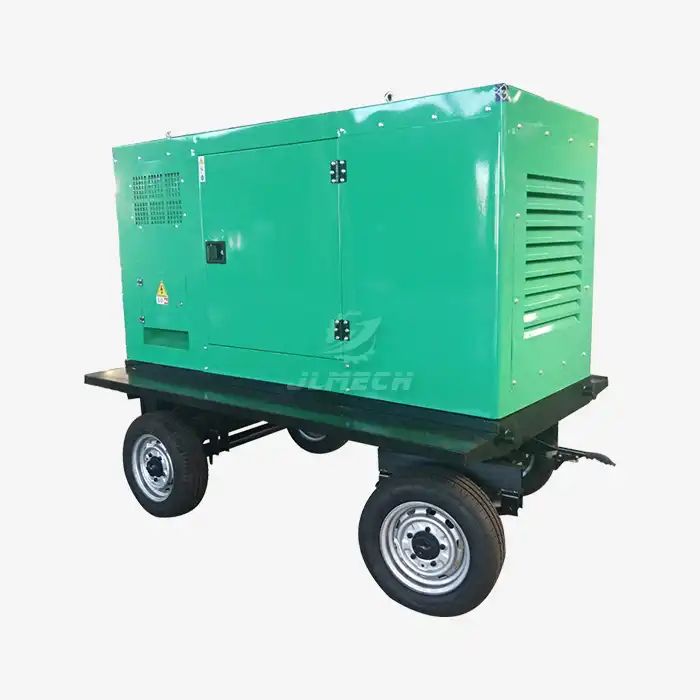 VIEW MORE300KW Mobile Generator Set for Mining Engineering
VIEW MORE300KW Mobile Generator Set for Mining Engineering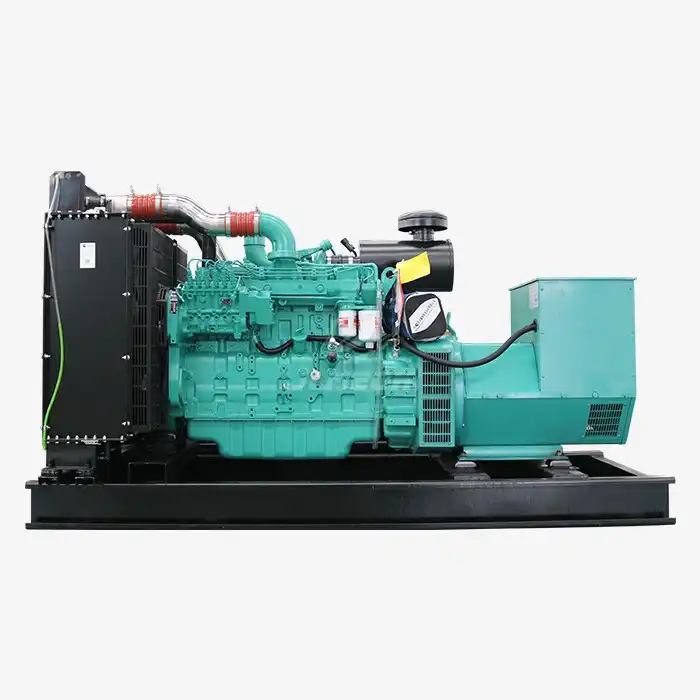 VIEW MORERemote start generator
VIEW MORERemote start generator VIEW MOREElectric control diesel generator
VIEW MOREElectric control diesel generator VIEW MORECustomize diesel generator set
VIEW MORECustomize diesel generator set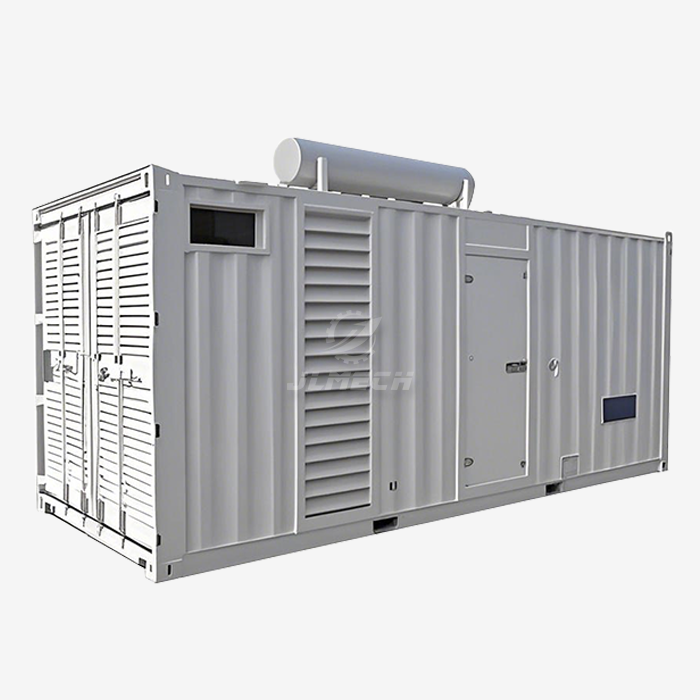 VIEW MOREgenerator 2500kva mitsubishi
VIEW MOREgenerator 2500kva mitsubishi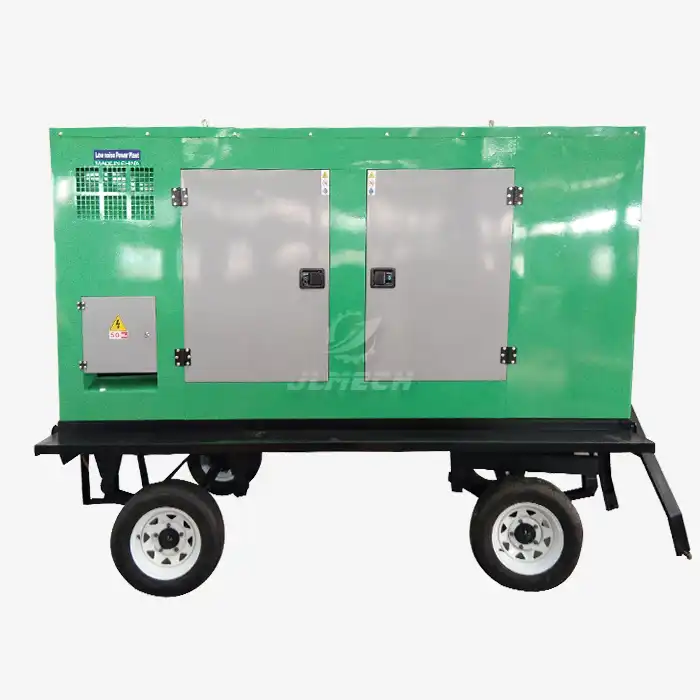 VIEW MORE50kw diesel power generator
VIEW MORE50kw diesel power generator VIEW MOREpetrol powered hedge trimmer
VIEW MOREpetrol powered hedge trimmer



